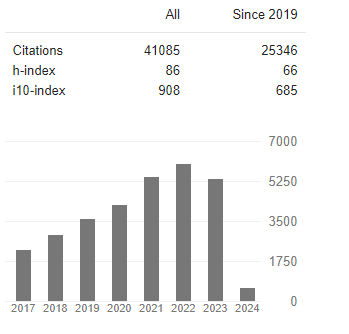Energy-Space-Time Plateau-Rayleigh Instability, Quantum Phenomenon & the Fundamental Interactions
Abstract
George Coman
In general, fluids in motion or at rest tend to minimize their surface area due to their surface tension. It is shown that kinetic energy flow through space-time experience the same Plateau-Rayleigh instability observed in fluid dynamics. Energy, space-time act like fluids, and the space-time reaction to the energy action is the equivalent of an interface tension between energy and space-time. Energy cannot continuously flow through space-time due to an energy-space-time Plateau-Rayleigh instability, space-time compression (contraction) on kinetic energy direction of motion induces an energy wave like motion (a space-time compression wave acting as kinetic energy waveguide), the particle or energy packet must follow when moving through space-time, the reason for the observed wave - particle duality. Quantum phenomenon is simply a consequence of the space-time compression on kinetic energy direction of motion. Kinetic energy and space-time are fluids and energy quanta can reach a critical point when energy quanta can change from linear to circular motion and assume a spherically symmetrical shape (the minimum surface area possible to minimize the tension at the space-time energy interface) and so it condensates as mass energy. It is shown that energy quanta to mass transformation occurs via Plateau–Rayleigh energy- space-time instability and it is governed by an energy-space-time Young-Laplace equation. Electric field lines are described as space contraction energy shock waves induced by a dynamic space-time phase transition at maximum kinetic energy space- time interface tension which is the “charge”. Space-time always reacts to the presence of energy and that reaction is the interface tension at the energy-space-time boundary: gravitational & electric energy fields are consequences of energy- space-time interface tension (at either rest or kinetic energy boundary) also governed by an energy-space-time instability Young-Laplace equation. Gravitational constant G and the fine structure constant ∝ are respectively, the energy interface field’s interaction constants. The Strong force is a consequence of a direct contact between the nucleon's energy-space-time interface tension fields and has no interaction constant. The range and variation in the strength of the Strong force is due to Heisenberg’s uncertainty principle.




